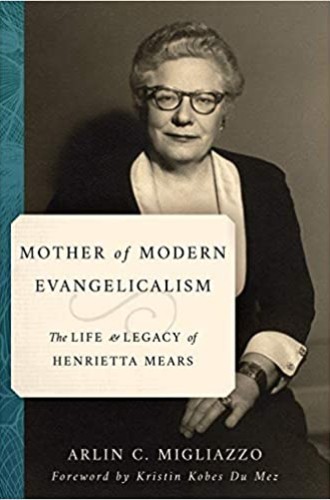Who was Henrietta Mears?
A new biography of the woman who shaped the men who shaped modern evangelicalism
I recently asked a church historian friend why there are so many big Presbyterian congregations on the West Coast. I’d seen this pattern in Seattle, the Bay Area, Southern California, and elsewhere. Their pastors come from Fuller or Princeton. Their faith is winsome and creative. And their churches grow. “Simple,” my friend responded. “It’s because of Henrietta Mears.”
Arlin Migliazzo’s critical biography of Mears is a page-turner that intends to change the field. It shows that Mears is no mere footnote in the rise of modern evangelicalism; she is, instead, the cornerstone. Among her protégés were Billy Graham, Young Life founder Jim Rayburn, and Campus Crusade for Christ founder Bill Bright. Nearly 400 others went into full-time ministry after attending her Sunday school class at Hollywood Presbyterian Church. That class had 6,000 people attending at one point.
So why haven’t we heard of Mears? Well, one, she’s a she, in a movement not given to promoting female forerunners. Mears never once stepped into a pulpit to preach, though several contemporaries called her the best preacher they knew. Two, she lived from 1890 to 1963—which means she died before many scholars outside evangelicalism started paying attention to those within.





